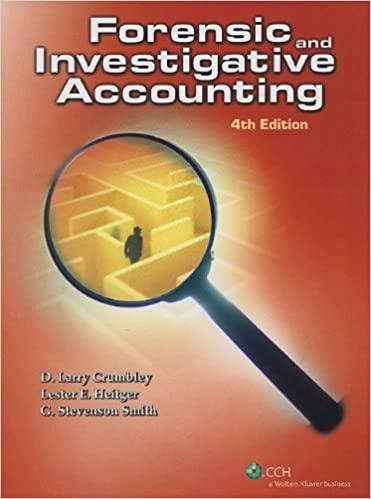Answered step by step
Verified Expert Solution
Question
1 Approved Answer
Sheffield Corporation opened a new store on January 1, 2021. During 2021, the first year of operations, the following purchases and sales of inventory were





Step by Step Solution
There are 3 Steps involved in it
Step: 1

Get Instant Access to Expert-Tailored Solutions
See step-by-step solutions with expert insights and AI powered tools for academic success
Step: 2

Step: 3

Ace Your Homework with AI
Get the answers you need in no time with our AI-driven, step-by-step assistance
Get Started


